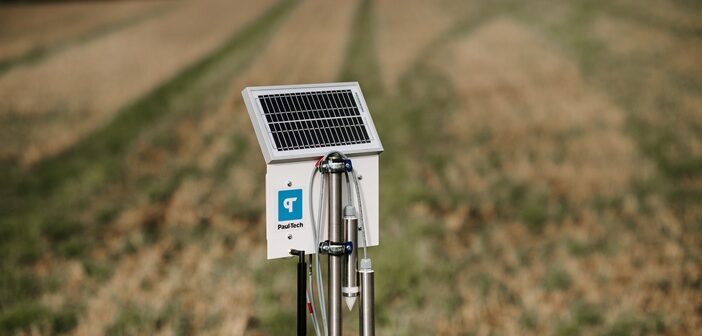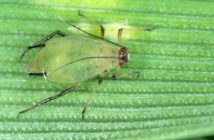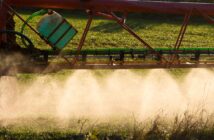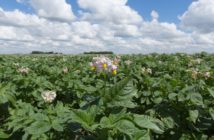Paul-Tech has updated its innovative soil station, which monitors nutrient movement through the soil, to measure nitrogen availability in real time.
The breakthrough, which provides readings on a per-hectare level, is the first time this data is available to farmers through a reliable nutrient-monitoring system.
It measures the amount of nitrogen applied as fertiliser and the naturally occurring nitrogen in the field to calculate the level of N available to the plants at any point in time.
According to Eve Plakk, Paul-Tech’s co-founder, the development is a direct result of feedback from Paul-Tech’s clients. “One of the most frequently asked questions from our clients has been whether it’s possible to see nitrogen quantities in kilograms per hectare.
“We’ve now reached a point in product development where we can show this – and not just total nitrogen, but the portion that is actually accessible to plants.
“This has generated great excitement among both current and potential customers. It’s a major step toward ensuring every fertilisation decision is informed and justified,” she says.
The system works by monitoring and analysing the differing behaviour of anions and cations in the soil to determine the movement of nitrogen.
It can help farmers make more informed decisions about fertiliser applications, as well as alert them to incidences such as excessive leaching due to weather events.
Paul-Tech CE Mikk Plakk adds the ability to monitor nitrogen in real time is ‘globally unique’. “In the past, various sensor technologies have been tested to measure nitrate nitrogen in situ, ranging from multispectral cameras (NIR technologies) to ion-selective electrodes.
“But none of these solutions have proven reliable in real agricultural soils – they require frequent recalibration or only function within a very narrow moisture range.
“However, we can now collect this data and incorporate it into the graph view within our system. The NO₃-N graph is a powerful tool to help farmers decide whether fertilisation is needed at all, and if so, when.
“As a result, it provides vital insights into the precise nitrogen requirements of crops and can drive significant efficiencies within a farm business.”




